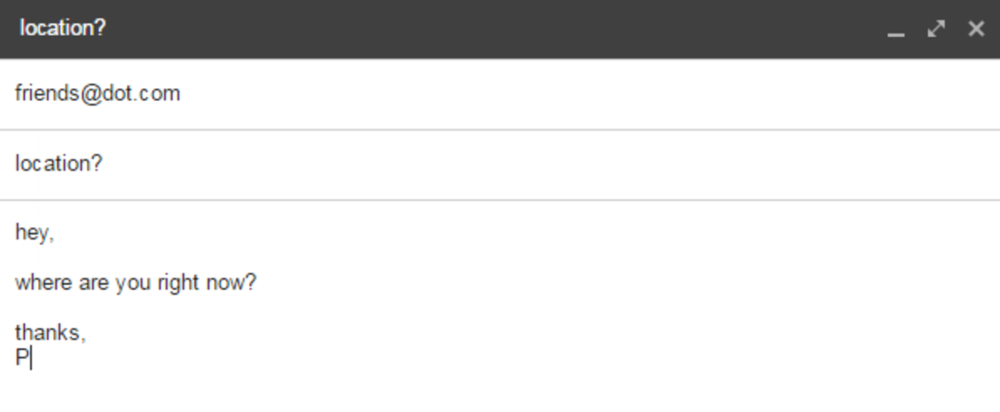I can write all day about the value of email for businesses and their marketers. I have done so each day since joining DMN. Without a doubt, email is the most direct path to consumers that businesses have, probably that they’ve ever had. It is the Golden Ticket to true one-to-one marketing. Yet for me, it is exactly email’s efficacy as a marketing tool that renders it completely ineffective and impractical as a platform for normal, everyday communications.
I have all of my friends’ phone numbers, their account names on messaging apps, their social media handles, even some of their home addresses. I have very few of their email addresses, and of those that I do, I can’t remember ever actually sending a note. Why would I, when a group text or Facebook post gets the job done just the same? Better even.
For a number of reasons, email simply doesn’t make sense as my primary communications tool, and I suspect other young professionals can relate. Here are a few of the most glaring issues with the premier marketing channel’s pedestrian viability.
The stigma of formality
Email is quite a bit more formal than most other digital communication channels. This is problematic for email’s viability for anything other than business or marketing purposes, as millennials tend to reject the gratuitous formalities prevalent in pre-digital communications. While email is digital by definition, it was a transitive technology, and has as such maintained much of the hierarchical structure of physical mail.
Subject line, greeting, body, salutation. This format is fine for marketing and transactional purposes (formal comms), but can easily lend itself to absurdity for the quick, one off riffs prevalent in texts messages.
Suboptimal user experience
Even the better designed email apps out there are somewhat hamstrung by the inherent design challenges that plague the inbox system. For a generation defined by the iPhone—a device whose entire value proposition centered on its design and intuitive user interface—a sound design and user experience is paramount, especially for apps that we’re expected to use with any regularity.
The inbox is simply not conducive to great user experience/interface design, and the convoluted structure of email composition precludes it from the pass we give similarly barebones UX designs found in most SMS apps.
Too much noise
These days, brands are far more likely to court consumers than the other way around, so it’s no surprise that email has become the most prized commodity in digital marketing. Everyone wants your email, and you’ll inevitable fork it over in order to participate in the vast majority of digital activities. This understandably leads to very cluttered inboxes.
Service providers have vastly improved the organizational capabilities of email clients. Gmail famously introduced social and promotional tabs to help lighten the load on the inbox, and user have several options available to label and tag notes. But these systems are far from perfect. My inbox is so full of business-oriented messages that it’s not only easy to miss a note from a friend, it’s a near certainty. A text is much less hassle.
Email is a repository for brand messages
And frankly, very little else.Regardless of if it’s for the reasons I’ve listed above or not, millennials are gravitating away from email as a personal communication platform.
As a marketing journalist, I understand the reciprocal exchange between myself and brands, and the role my email address plays there, and I’m happy to play my part. However, if I, and others of my ilk, come to regard email as a brands-only forum, then email’s viability as a marketing channel will eventually diminish. Afterall, if you know the only thing awaiting you in your inbox is another hyperbolistic promo from a brand—even if you’ve opted into their communications—how often would you check it?








